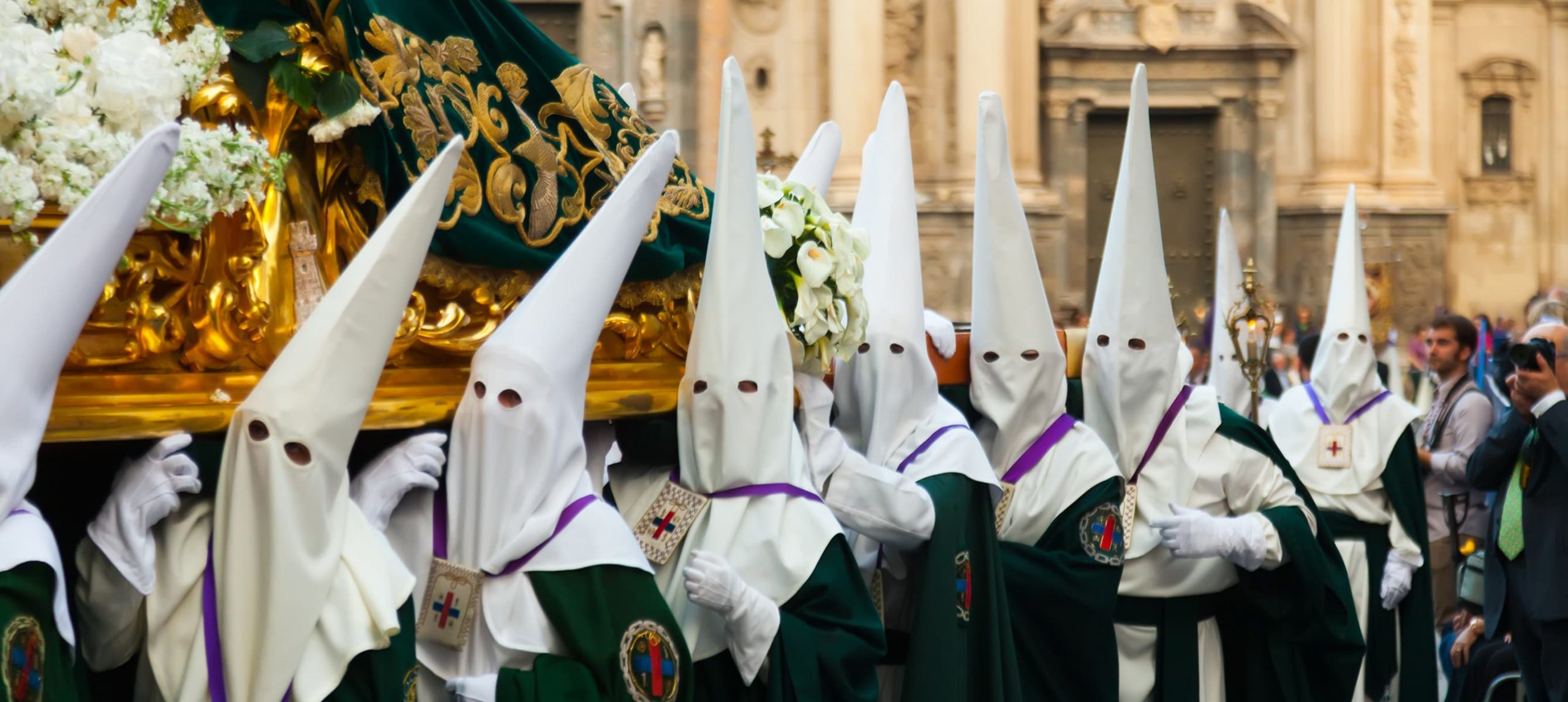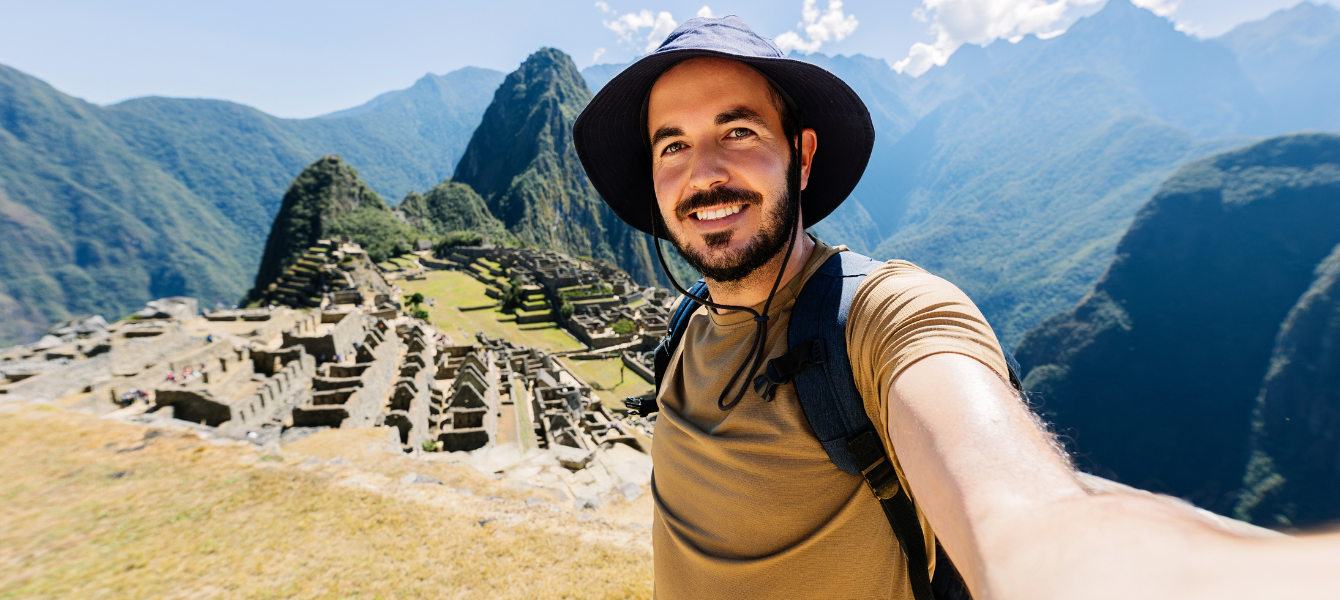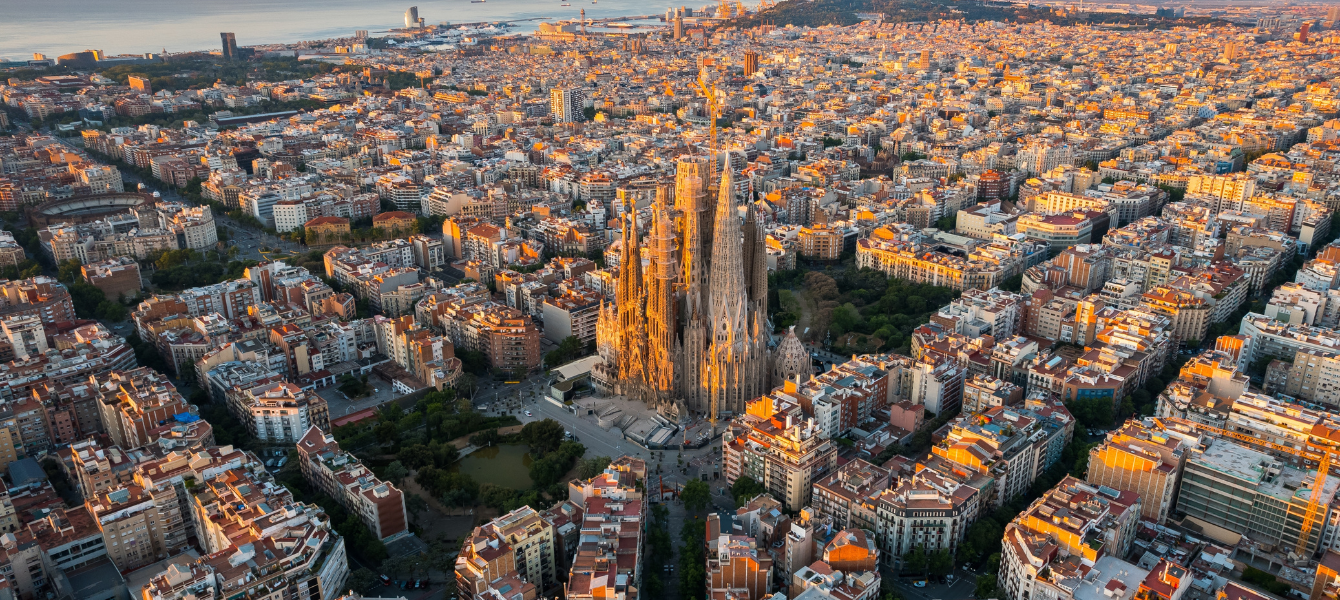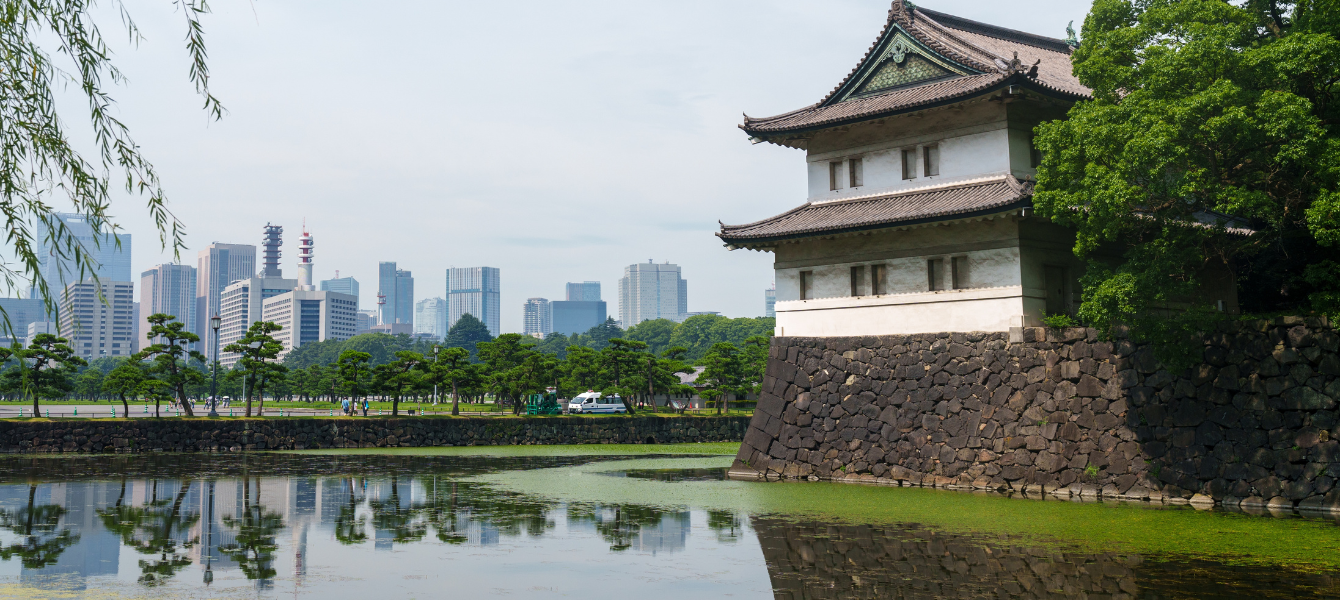Of all the astonishing Spanish festivals, “La Semana Santa” (Holy Week) has got to be one of the most breathtaking — and worth experiencing. This week-long religious celebration happens annually in the last week of Lent, the week immediately before Easter.
Dating back to the Middle Ages, when the Catholic Church decided to present the story of the Passion of Christ in a way that the laypeople could understand, the Semana Santa became one of Spain’s most precious assets when it comes to culture and tradition.
The festival takes place in cities all over Spain, the Semana Santa stands out due to its epic religious processions attended by thousands of people — both locals and visitors.
Keep reading to learn all about this Spanish tradition, and more Semana Santa facts!
What Is Semana Santa?
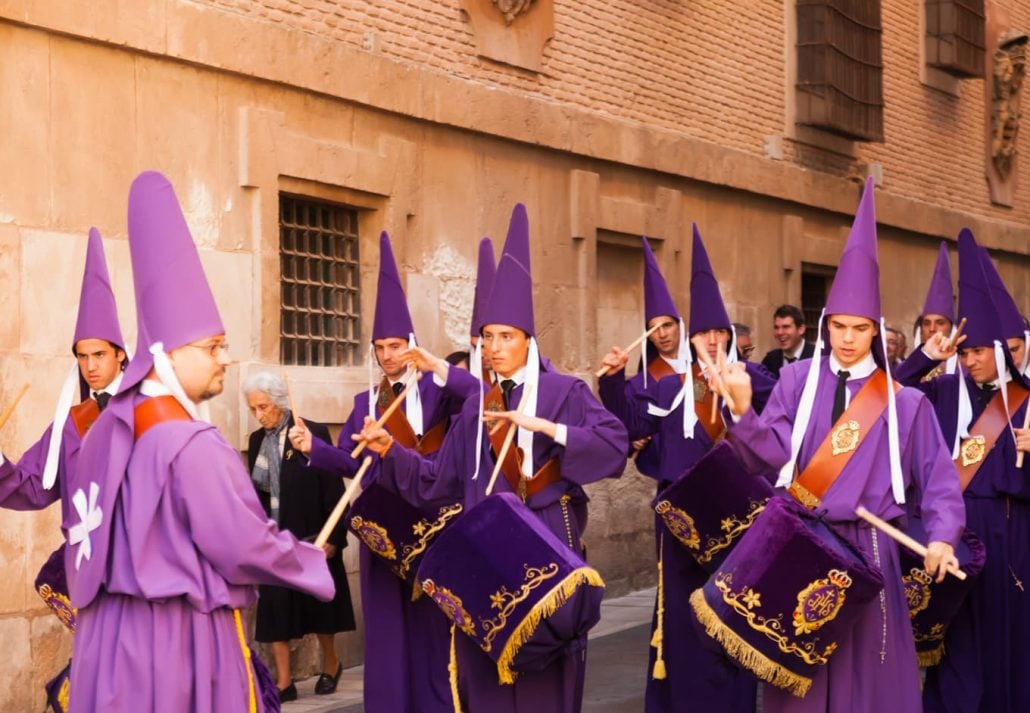
Semana Santa is the Spanish celebration for the week leading up to Easter. It’s celebrated all over the country with religious brotherhoods performing penance processions on the streets.
Traditionally running from Palm Sunday (Domingo de Ramos) to Easter Sunday (Domingo de Pascua), Semana Santa is the biggest religious celebration of the year in Spain, and it’s historically used as a way to explain the story of Jesus to the laypeople.
Where Does The Semana Santa Take Place?
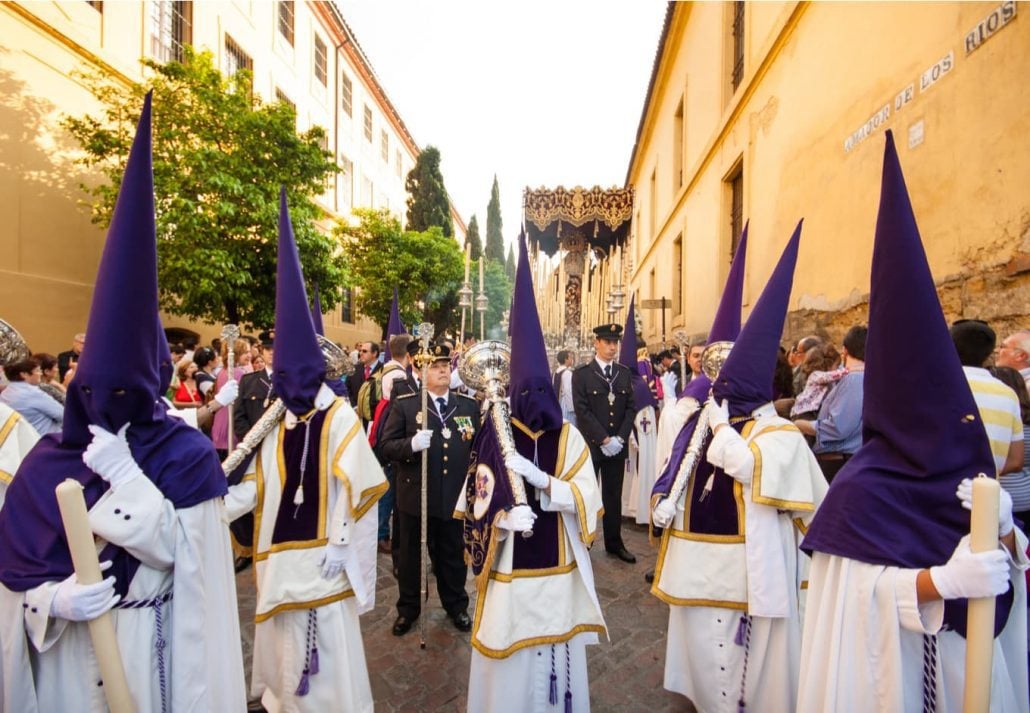
While the Semana Santa celebrations take place all around Spain, the most renowned processions happen in Andalusia — especially in cities like Seville and Malaga — and in the Castile and León region.
Each city has its unique celebrations, and they usually differ from each other. While in Seville the festivities tend to be more extravagant and lively, the region of Castilla y León features more solemn processions, which are perfect for the religiously-inclined traveler.
Aside from Seville and Malaga, there are more cities where the Semana Santa festivities take place, including Toledo, Segovia, Avila, Salamanca, and Valladolid.
When Is The Semana Santa?
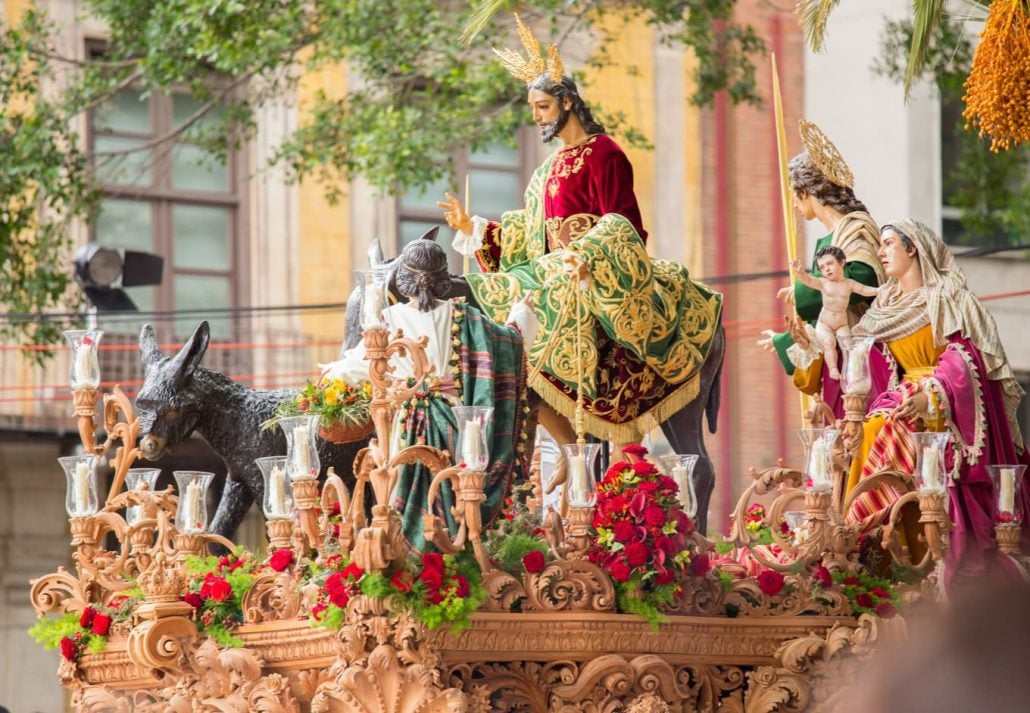
The festival takes place throughout the week leading up to Easter Sunday. While the exact date changes every year, Semana Santa usually falls in late March and/or early April.
In Spain, the festivities begin on Palm Sunday (Domingo de Ramos) and last until Easter Monday (Lunes de Pascua).
What Happens During The Holy Week in Spain?
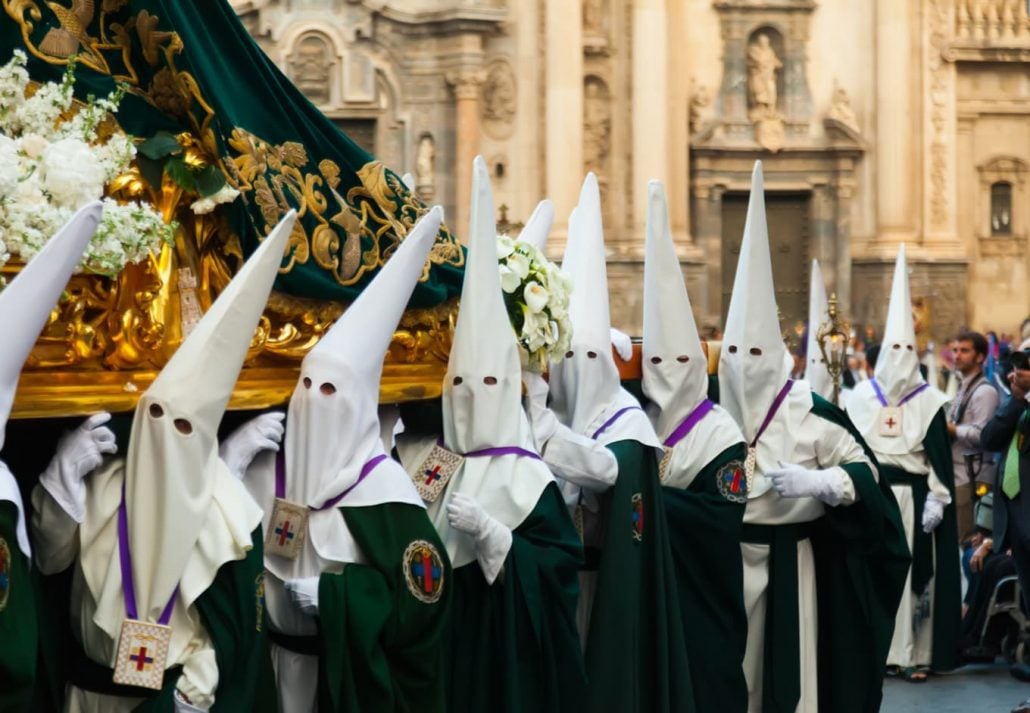
One of the most important components of Semana Santa is the religious processions. Each day of the week, the local brotherhoods parade throughout the city followed by the hypnotizing sounds of drums and coronets of the marching bands.
The processions are made up of endless rows of nazarenos, or penitents, who slowly walk carrying candles, torches, wooden crosses, and lavish “Pasos”, or floats.
Considered as one of the main elements of the Holy Week processions, these elaborate floats are decorated with religious statues that depict scenes from the gospels related to the Passion of Jesus Christ and the Sorrows of the Virgin Mary. By the way, many of these floats have been carefully crafted by renowned Spanish artists and owned by the brotherhoods for centuries.
Another mesmerizing feature of the processions is the general use of the penitential robe (nazareno) for some participants. Although similar to those of the Ku Klux Klan, they’re completely unrelated. These long purple robes with pointy hoods (capirote) were widely used in medieval times. Some historians even believe that, during the Spanish inquisition, sinners had to wear cone hats and walk through the streets as a form of public humiliation.
In Spain, the style and atmosphere of the processions vary according to each city — in Seville, for instance, the religious parades feature spectacular flamenco performances (saetas), which are sung from the balconies in the narrow streets of the city.
Semana Santa Traditions
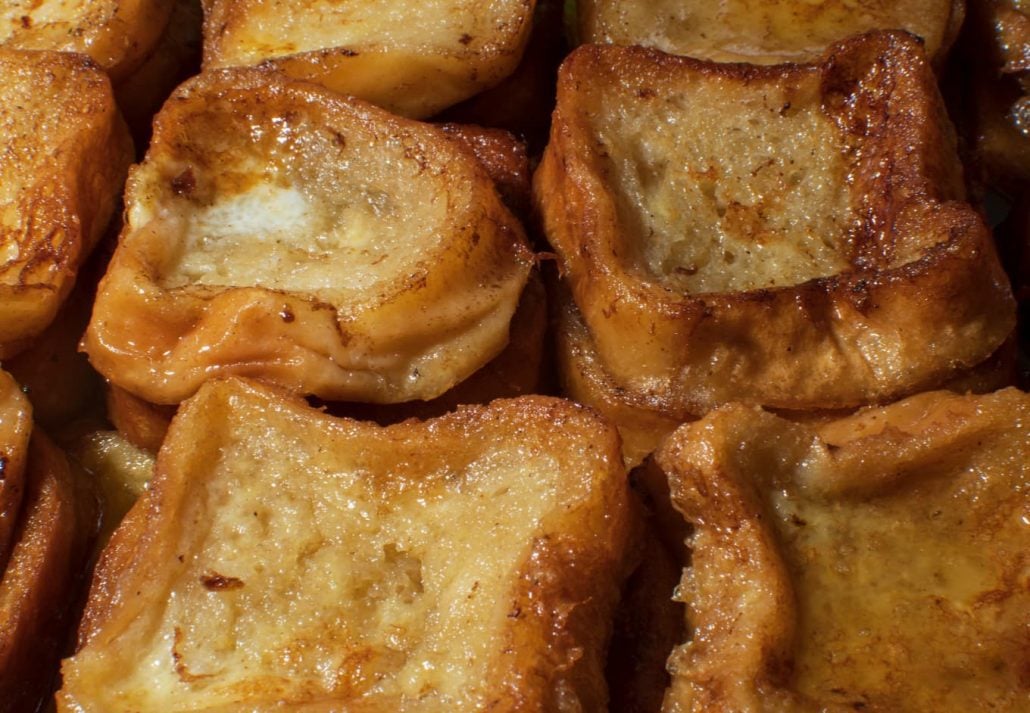
Although the processions are the main part of Semana Santa, this religious festival also encompasses a delightful maze of traditions. One of the things that Spanish people look forward to the most is the torrijas, which is a Spanish-style French toast eaten around Easter time. They consist of bread, dipped in milk and egg, then fried, before being sprinkled in cinnamon sugar or honey.
There are also the famous Easter cakes, or Monas de Pascua, which are typically eaten in the Catalunya and Valencia regions. Coated with candied pieces of fruit and sugar, they can either be ring-shaped, or come in the shape of animals like snakes, lizards, and monkeys.
Another popular sweet treat that’s eaten during Semana Santa is the Bueñelos, which are similar to small doughnuts. They are deep-fried and sprinkled with sugar, and in Valencia, the Bueñelos are made with pumpkin.
Semana Santa is also an important time for families, especially on Easter Sunday, where people usually go to the mass and have a nice meal at home with their loved ones.
Best Destinations For The Semana Santa, Spain
Andalusia
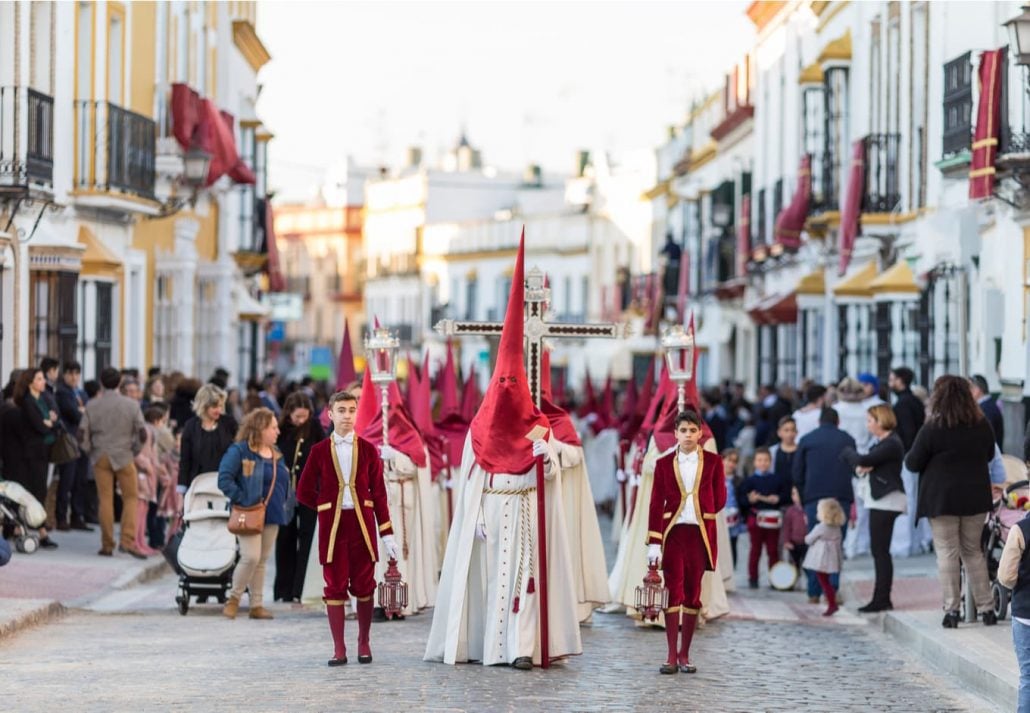
Of all Spanish regions, Andalusia is one of the best to experience Semana Santa, with cities like Málaga, Granada, and Seville hosting the largest and most opulent processions.
In Seville, for instance, the magnificent processions feature century-old floats, thousands of Nazarenes, and can last up to 12 hours. From time to time, you can hear spontaneous saetas – typical Spanish religious music with flamenco influences, usually performed from a balcony. The city holds almost 60 processions, with more than 50,000 participants.
The Semana Santa in Málaga was declared to be of interest to International Tourism in 1965, and it’s attended by thousands of visitors from all over the world. In fact, every year the Málaga born actor Antonio Banderas makes effort to spend Semana Santa in Málaga, where he leads the Virgin de las Lágrimas y Favores (Virgen of Tears and Favours) procession.
Plus, the event is of such significance to Malaga, that the city is home to a museum dedicated to the celebration — the Malaga Holy Week Museum, which displays processional robes, thrones, and art related to the festivity.
In Granada, the processions are simpler, yet beautiful, and framed by the city’s breathtaking surroundings.
If you don’t want to be in the center of Spain’s Holy Week celebrations, you can consider other cities in Andalusia such as Cordoba, for instance.
Find Places To Stay In Andalusia
Castile and León
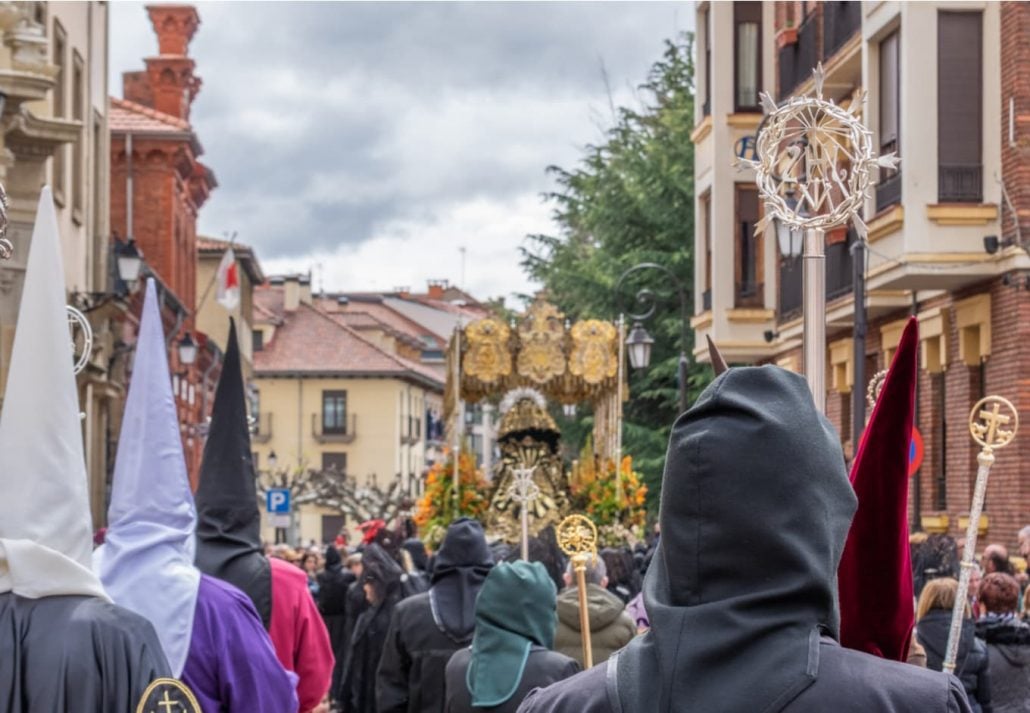
While the Semana Santa in Andalusia has more of a “festive” atmosphere, the one in Castilla y León is far more solemn. Aside from beginning on a different date — two Fridays before Easter Sunday— Castilla y León’s Semana Santa has far fewer processions.
But, even though the Semana Santa in Castile and León is more austere and religiously oriented, the celebration is still considered one of the most important cultural assets of the region, attracting thousands of tourists each year.
León, Salamanca, Segovia, and Avila, Zamora and Valladolid are some of the cities in Castile and León that are praised for their Semana Santa celebrations.
Find Places To Stay In Castille and Leon
Toledo
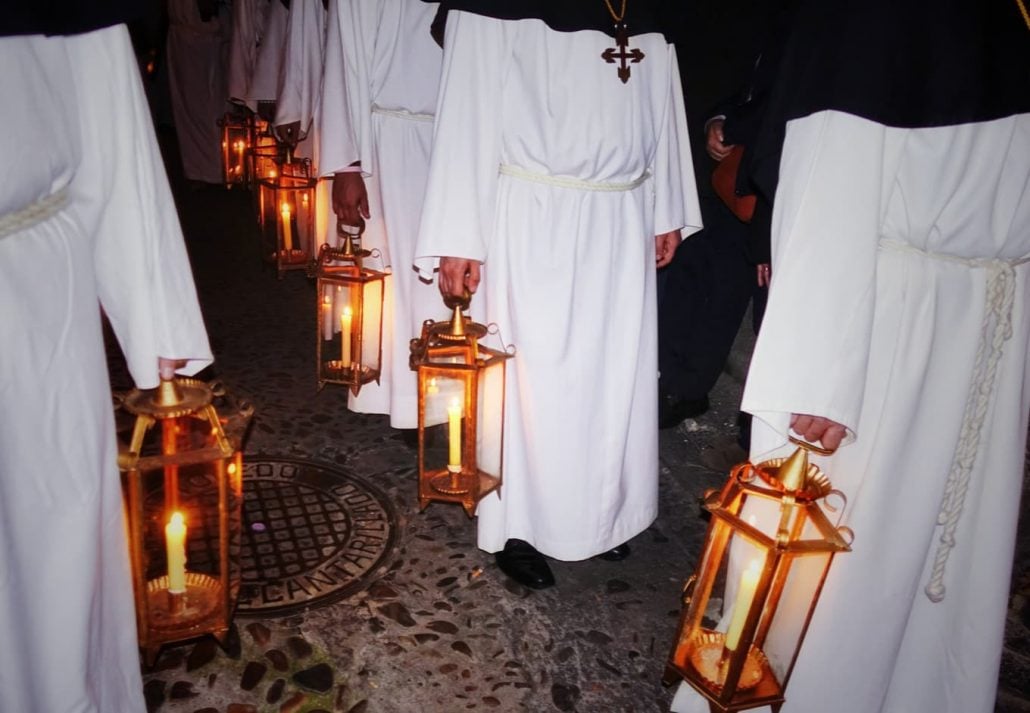
Located a half-hour train ride from Madrid, the historic city of Toledo in Castile La Mancha, is another great option for those who want to experience the Semana Santa.
The city hosts some of the country’s most impressive celebrations, which last for over two weeks!
From Friday of Sorrows to Easter Sunday, 20 solemn processions go around the city‘s narrow cobblestone streets, followed by crowds of people who meander their way through age-old buildings dating back 2000 years.
Follow us on Instagram and Facebook, and share this article on Pinterest:
CuddlyNest provides all accommodations to all travelers at the best price. Find unlimited travel inspiration on our blog and social media channels.
You Might Also Like:
Spain Travel Apps
Tourist Attractions in Barcelona
Best Cities To Visit In Spain
La Tomatina Festival, Spain
Eating Tapas In Granada, Spain
Vegan Restaurants in Alicante, Spain
Top 20 Tourist Attractions in Spain
La Sagrada Familia: Travel Guide, History & Facts
Best Spanish Cheese You Should Try
13 Summer Traditions And Festivals Around The World
